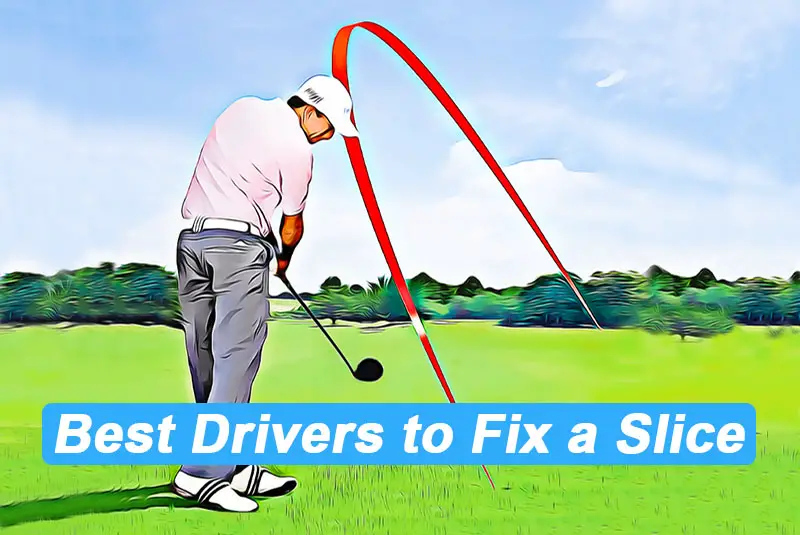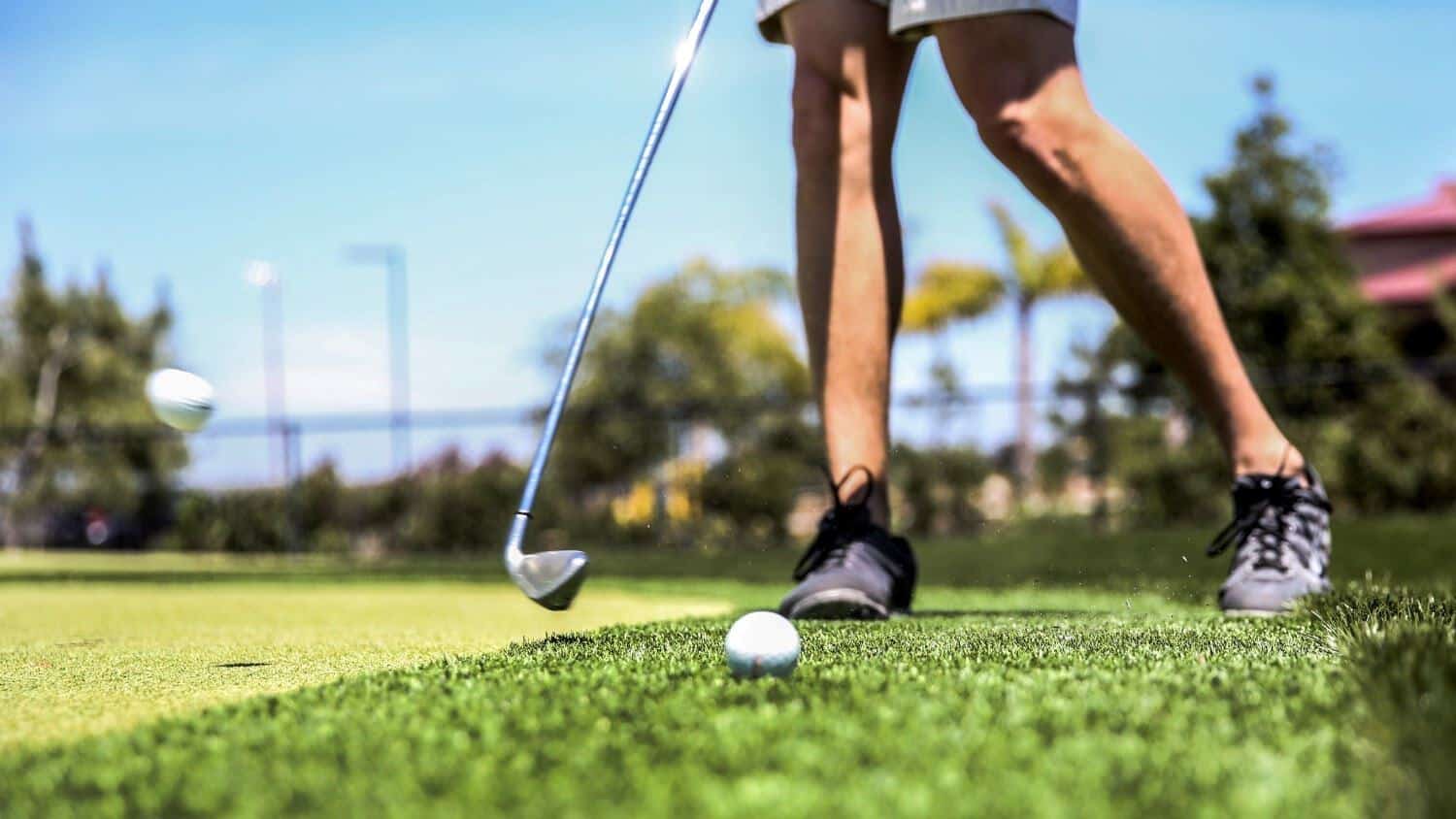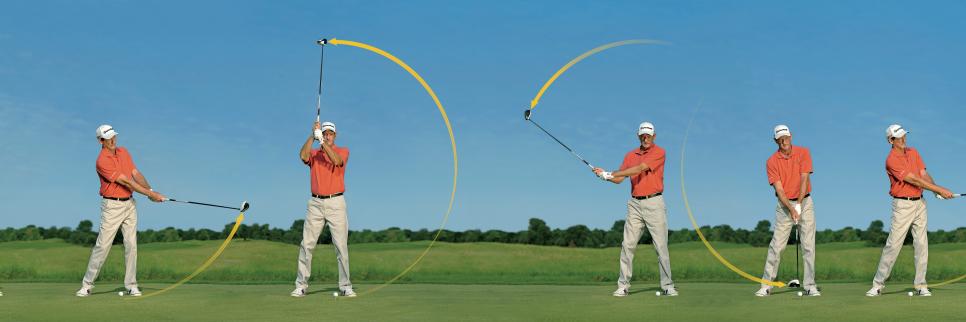Slices are very damaging shots off the tee. We will discuss the best drivers in this article. In addition, we'll explain what key features to look for in an anti-slice driver.
It is likely that a new driver will not wholly remedy your slice, but the correct driver will keep your shots far straighter and on the fairway. We have seen many golfers who do not have the right equipment for their swing - hopefully, this article will help you avoid such mistakes in the future.

Of course, the first thing that makes a good driver is the most impulsive length possible from the tee. But also, in terms of forgiveness, especially against the slice, a good model should support the player as much as possible. As part of these robot tests, we took a closer look at twelve models.
We present the most forgiving game improvement drivers 2020 from the leading manufacturers regarding slice tolerance. These drivers were tested with the Miya Shot Robo V swing robot under the same and objectively evaluated conditions.
How to improve the slice
Golfers with a mid- to high handicap suffer from the slice. The experience of watching the ball sail wildly off the targeted line is one of the more frustrating aspects of golf, regardless of the cause, be it face angle, swing path, strike location, or some combination thereof.
Even though no piece of equipment can completely eliminate the slice, modern drivers are explicitly designed with intelligent features so that they can tame that shot and keep it in play more often. Listed below are a few of the best options.
If you slice the golf ball, you are likely losing lots of distance and scoring much higher than you should.
There is good news, however, since many golf manufacturers offer golf drivers specifically designed to fix a slice.
How best drivers for slice were tested?
After each previous adjustment, a total of ten balls were hit by each driver with an open clubface (6°).
The "outliers", i.e. the three worst and three best results, were taken out of the evaluation and the average was calculated from the remaining four.
Swing speed at impact was a consistent 90 mph (around 145 km/h). The ball used is the Callaway Chrome Soft Truvis 2020.
A GCQuad from Foresight Sports is used to collect the data. With its four high-speed cameras (up to 10,000 frames per second), the Launch Monitor not only records the ball flight, it can also recognize the moment of impact of the bat and the ball. It allows conclusions to be drawn about the behavior of the clubhead in the impact.
Models tested (alphabetical order):
CALLAWAY MAVRIK MAX
COBRA F-MAX AIRSPEED
KING SPEED ZONE XTREME
EXOTICS EXS 220
MIZUNO ST200
PXG0811XF
TAYLORMADE SIM MAX
TITLEIST TS2
US KIDS GOLF TS3 V5
WILSON STAFF LAUNCH PAD
XXIO ELEVEN
YAMAHA RMX
With an uncontrolled slice, the ball flies everywhere - just not to the target. On the field, the strong right-hand spin of the ball flight can be more than frustrating.
It is inevitable that even the best players will miss from time to time. It's just that some golfers tend to slice the ball more frequently.
You might opt for something adjustable if you are a lower handicap player who knows a draw bias or offset driver will not work for your game. By understanding the causes of the slice, you can eliminate it with the right driver.
Tips for the perfect slice
The slice is mainly due to the fact that the clubface is open to the direction of the swing at the moment of impact and the club does not swing towards the target but more to the left. You can control this better with the following three points:
1. Relationship between upper body and lower body
If the center of your upper body moves more towards the target than the center of your lower body when swinging back, this favors a swing to the left. Since we want to avoid exactly this, the center of your lower body should tend towards the target, but not your upper body.
2. End of grip at heel level
If at the highest point of your swing, the grip end of your racket is not at the height of your heels (but in front of it), this, in turn, favors a swing direction to the left and thus the slice.
3. Back of left hand to forearm ratio
Also at the top of the swing, the position of your wrists can favor—or avoid—a slice. If your front wrist (for right-handed people, the left wrist) is bent dorsally (this means towards the forearm), this increases the chances of a slice. On the other hand, if it's in line with your forearm, your clubface will be more likely to come into contact with the ball neutrally.
Final thoughts: This is how you always choose the right golf club
It's a good idea to hit about 10 shots in a row (or preferably more) with each golf club in your bag on the driving range and to note the mean value in order to get a good - and realistic! – get an idea of how far you can go with each individual golf club on the round of golf. Determine your personal golf club length, and not just theoretically. If you have the respective widths in your head or on the slip of paper, you will unerringly reach for the right golf club.
When you hit a golf ball, your clubface makes an angle that causes the club to slice. Often, the clubface is open at impact when hitting the slice because the ball is struck with an open clubface. When it comes to slicing a golf ball, your current club is also sometimes problematic. Chances are you'll have a slice if you use a stiff club or if the draw bias is not as good as it should be.

Mike Regan

Mike is a weekend golfer from Connecticut and a devoted fan of the game who turned his passion into the writing experience. Any day he keeps it under 80 is a cool day. When he's not writing about golf his is playing it.

